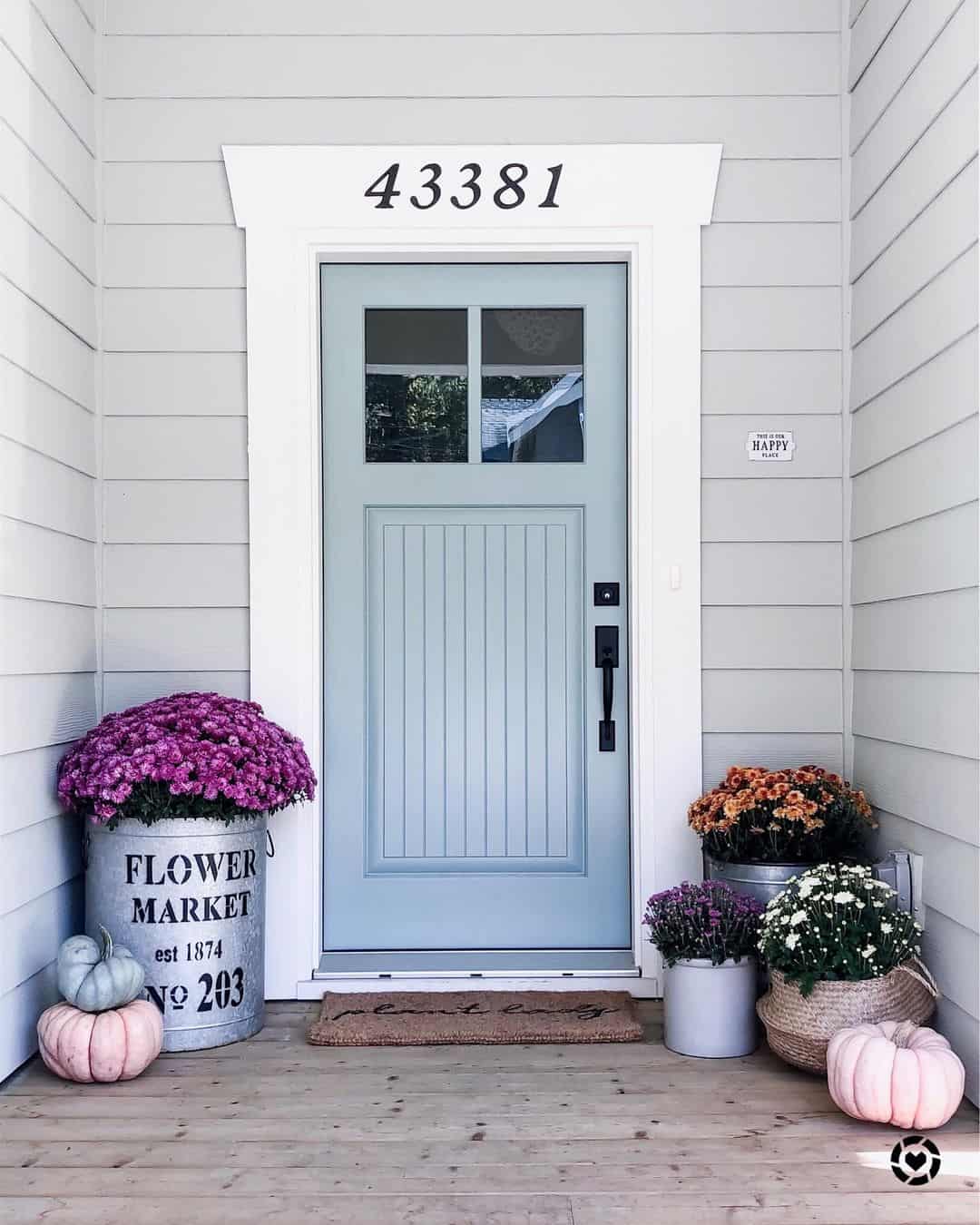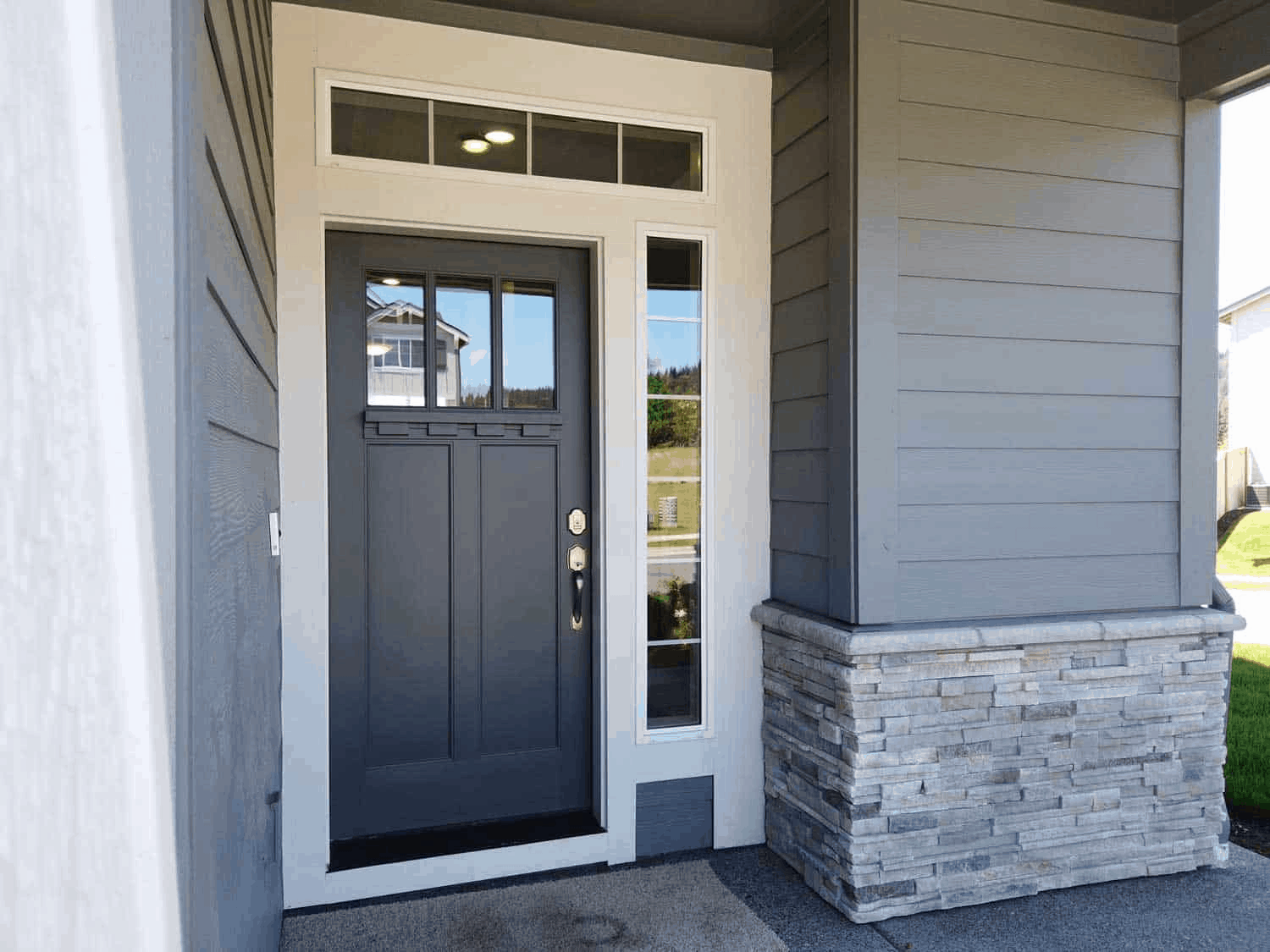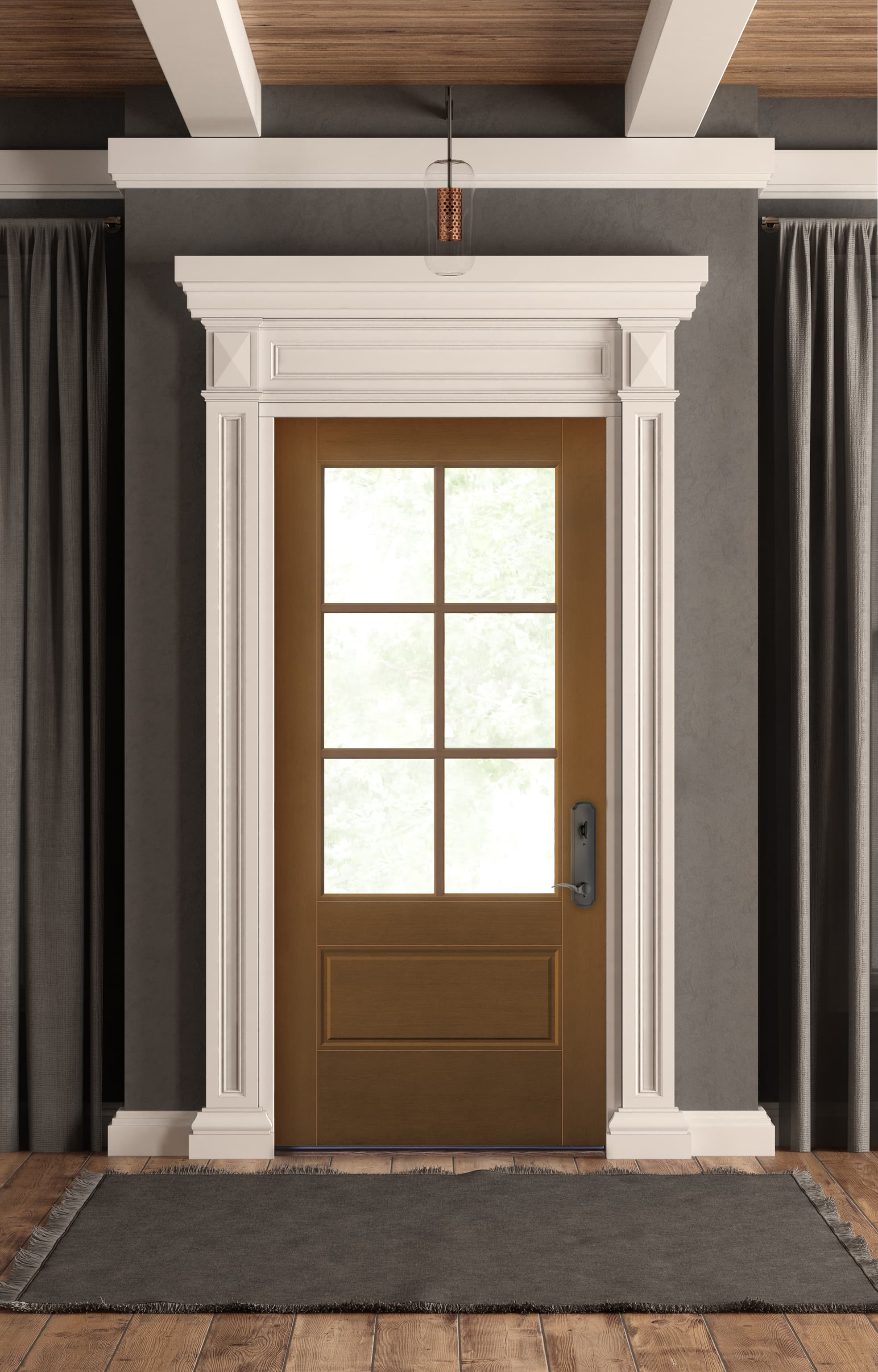Welcome to my comprehensive guide on exterior door decorative moulding! As a homeowner and DIY enthusiast, I’ve always believed that the first impression of your home starts at the entrance. Adding decorative moulding to your exterior door can significantly elevate its appearance and add character to your home. In this article, I will share my personal experiences, tips, and everything you need to know about choosing, installing, and maintaining decorative moulding.
What is Exterior Door Decorative Moulding?
Exterior door decorative moulding is a trim or frame that surrounds your front door. It serves both functional and aesthetic purposes, providing a polished look to your entrance and often enhancing the overall architectural style of your home. Let’s explore the various types of moulding available and their benefits.
Types of Exterior Door Decorative Moulding
1. Traditional Moulding
Traditional moulding typically features intricate details and classic designs, making it ideal for historic or vintage homes. It can include cornices, plinths, and pediments.
2. Modern Moulding
Modern moulding is characterized by sleek lines and minimalistic designs. This type fits well with contemporary architecture and can be made from various materials, including wood, PVC, and composite.
3. Craftsman Moulding
Craftsman-style moulding reflects the Arts and Crafts movement, often featuring simple forms and natural materials. It’s perfect if you want to create a cozy, inviting entrance.

4. Custom Moulding
If you have specific design ideas, custom moulding allows you to create unique pieces that perfectly match your architecture and personal style.
Benefits of Exterior Door Decorative Moulding
- Enhanced Aesthetics: Moulding adds visual interest and character.
- Increased Home Value: Well-designed moulding can increase the curb appeal and overall value of your home.
- Protection: Moulding helps to protect the door frame from weather elements.
- Customization: Allows for personal expression through design choices.

Choosing the Right Decorative Moulding for Your Home
Choosing the right moulding involves considering your home’s architectural style, the material, and your personal taste. Here are some tips to guide you:
1. Match Your Home’s Architecture
Understanding your home’s style is crucial. If you live in a Victorian house, for instance, opt for more ornate styles. In contrast, for a modern home, go for streamlined moulding.

2. Consider Material Durability
Moulding can be made from wood, composite materials, or PVC. Each has its advantages and drawbacks. For example, wood is beautiful but may require more maintenance, whereas PVC is low-maintenance but may not offer the same aesthetic appeal.
3. Account for Climate
If you live in an area with extreme weather conditions, choose durable materials that can withstand wear and tear.

Installation Process
Installing decorative moulding can be a fun DIY project, or you can hire a professional. Here’s a general guide if you decide to tackle it yourself.
Tools Needed
- Miter saw
- Nail gun or hammer
- Level
- Measuring tape
- Caulk and caulking gun
- Paint or stain (optional)

Steps to Install Moulding
- Measure: Measure the door frame carefully.
- Cut: Cut the moulding pieces using a miter saw for precise angles.
- Fit: Dry fit the pieces to ensure they fit together properly.
- Attach: Use a nail gun or hammer to secure the moulding to the door frame.
- Caulk: Fill any gaps with caulk for a seamless finish.
- Finish: Paint or stain the moulding as desired.
Maintenance Tips for Your Decorative Moulding
To keep your decorative moulding looking great, follow these maintenance tips:

1. Regular Cleaning
Dust your moulding regularly with a soft cloth to prevent debris buildup.
2. Check for Damage
Inspect your moulding for signs of damage or wear, especially after severe weather.

3. Repaint or Refinish as Necessary
Consider repainting or refinishing the moulding every few years to keep it looking fresh and new.
Comparison of Moulding Materials
| Material | Durability | Maintenance | Cost |
|---|---|---|---|
| Wood | High | Medium | $$ |
| PVC | Very High | Low | $ |
| Composite | Medium | Medium | $$ |
Pros and Cons of Decorative Moulding
Pros
- Enhances home aesthetic
- Can increase property value
- Wide variety of styles and materials
- Protects door frame from environmental damage
Cons
- Can be expensive depending on material and size
- Requires maintenance (especially wood)
- Installation can be complex for beginners
Frequently Asked Questions about Exterior Door Decorative Moulding
What is the best material for exterior door moulding?
The best material depends on your budget, climate, and personal preference. PVC is low-maintenance and durable, while wood offers warmth and classic beauty but requires more upkeep.
Can I install decorative moulding myself?
Yes, many homeowners choose to install moulding themselves with the right tools and some basic DIY skills. However, consider hiring a professional if you’re unsure.
How often should I repaint or refinish my moulding?
Every few years or as needed, especially if you notice signs of wear or fading.
Does decorative moulding require special cleaning?
No special cleaning is required. Just dust regularly and use mild soap and water for any deeper cleaning.